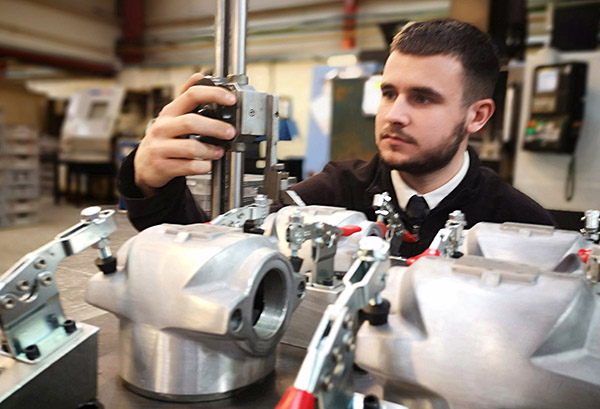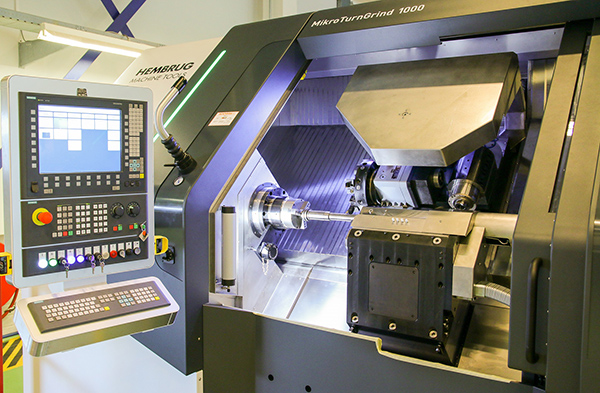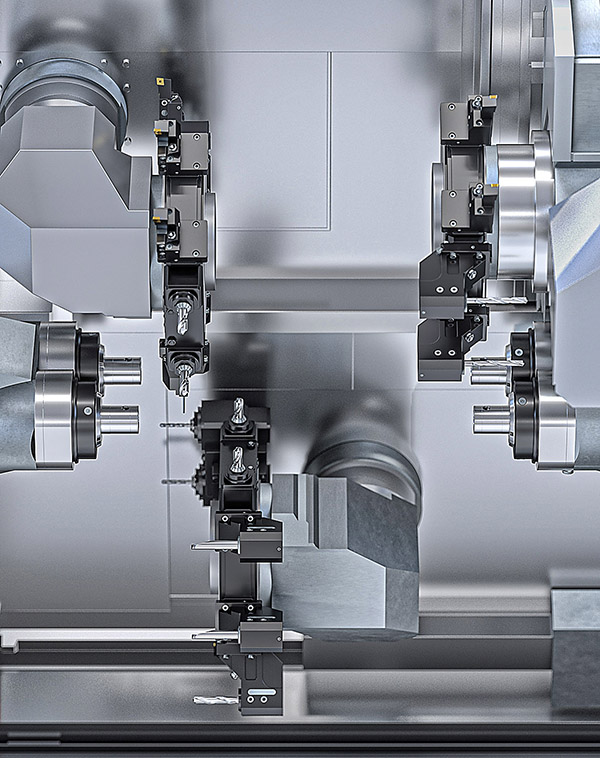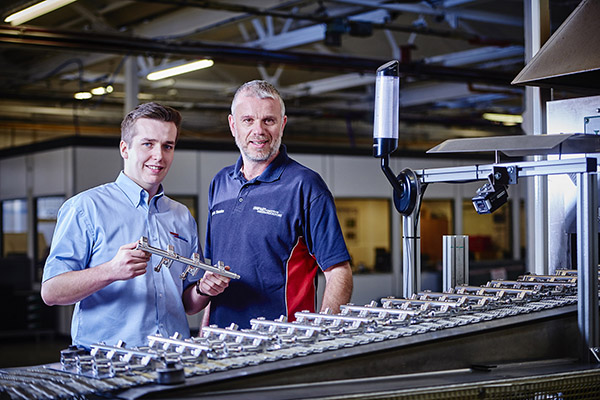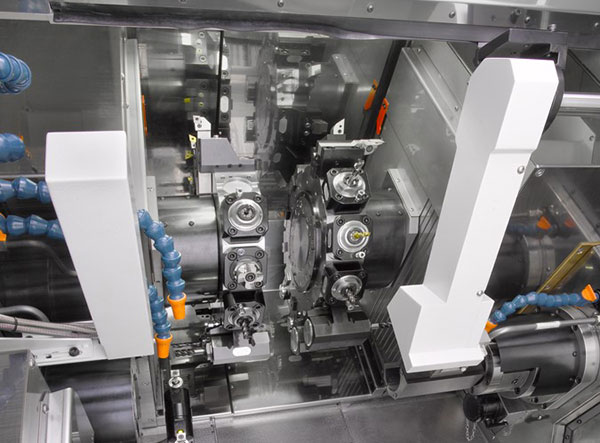TDT Machine Tools has struck a new partnership deal with CMZ, a Spanish manufacturer of lathes and turning centres. With immediate effect, TDT Machine Tools is able to offer CMZ machines across the central belt of the UK. This area extends coast-to-coast from Lincolnshire in the East, to Wales in the West, taking in the East and West Midlands, including Hereford and Worcester, and extending as far north as Sheffield and Doncaster.

CMZ has been manufacturing lathes for more than 70 years. This family business, founded in the town of Zaldibar, near Bilbao, has grown exponentially in recent years to acquire global acknowledgement in the machine tool sector. CMZ manufactures almost 500 lathes per annum, all of which are designed to offer a life cycle of over 20 years. Over the past three years, growth at CMZ of 7%, 16% and 23%, highlights the increasing popularity of the company’s machines.
“CMZ machines are built to last for decades, without any compromise in precision or reliability,” says Phil Terry, sales director at TDT Machine Tools. “Importantly, we can supply standard CMZ lathes from factory stock in one week, which compares favourably to the five weeks typically required for machines from the Far East. Even CMZ lathes built to customer specifications are available on short lead times.”
TDT Machine Tools is able to offer the full CMZ range, which extends from small two-axis lathes, through to 18-axis triple-turret high-productivity turning centres featuring sub-spindles. Swing diameters of up to 950 mm and 3250 mm between centres, can be provided.
It is also worth noting that CMZ is well placed in that the company has its own service division based in the UK. With headquarters in Rugby, just up the road from TDT, CMZ lathes are installed and maintained by CMZ-employed, UK-based engineers.
For further information www.tdt-machinetools.co.uk







